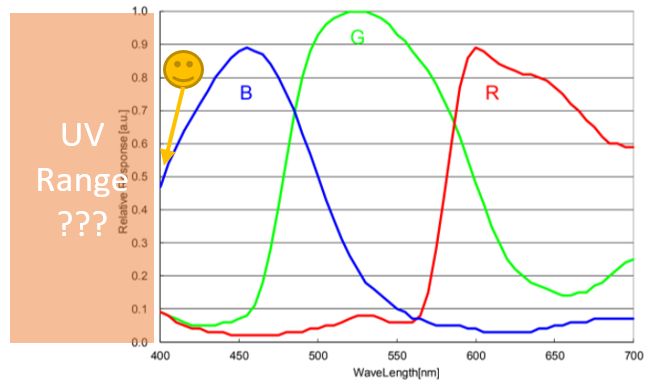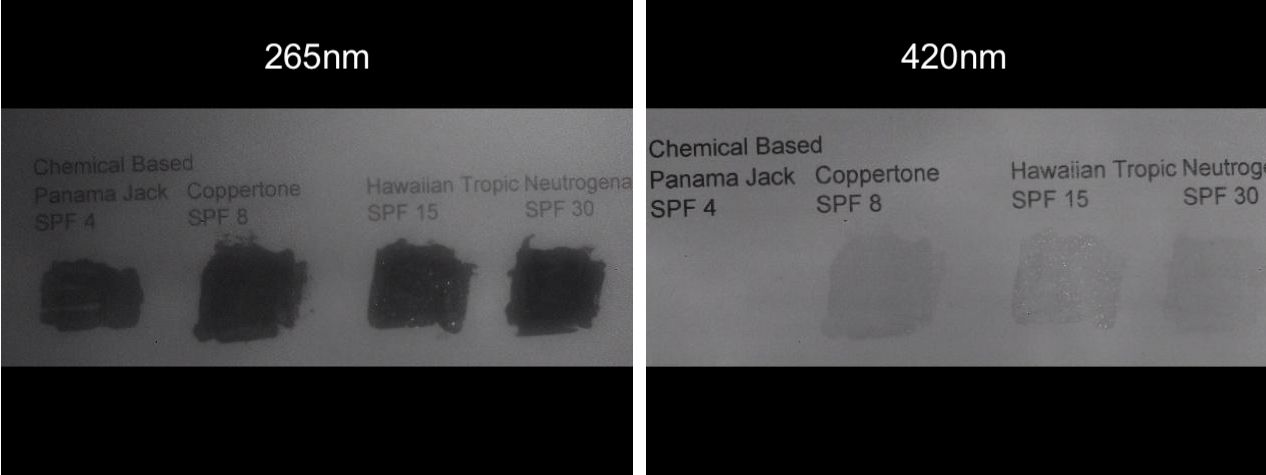Project update 8 of 14
Bees and Birds Can See the UV Spectrum. With HQ Cameras, Now You Can Too!
by Eugene PomazovThe light spectrum can be divided into three segments:
- The UV (Ultra-violet) spectrum, not visible by humans
- The human-visible spectrum
- The IR (infra-red, or thermal) spectrum, not visible by humans
Some animals and insects are able to see in UV and IR. For example, IR vision helps some snakes see their prey in the dark. And UV vision helps insects find flowers. Both UV and IR are invisible to humans. Unless those humans have HQ cameras!
The core of the HQ camera is the Sony IMX477 sensor array with its 12.3 Megapixel RGB chip. This sensor has good sensitivity in both the IR and UV spectrums. To preserve the "natural" color of photographs and videos, this sensor is equipped with the HOYA CM500 filter and has a Color Filter Array (CFA) on its surface. Removing a CFA is tricky and should generally be left to special companies who focus on that sort of thing. With its CFA removed, however, that 12.3 Megapixel RGB chip will begin to exhibit super powers!
And of course, since StereoPi has two HQ cameras, it can take photographs that show both the visible spectrum and the UV spectrum:
In the photo above, you can see two images of a sunscreen test strip. As you know, all sunscreens are marked with a Sun Protection Factor (SPF) that specifies how much UV light they absorb: the higher the SPF, the more they absorb. In the left-hand photo, you can actually see the difference!
Similarly, in the video below, you can see portions of a white paper towel turn black as they are covered in sunscreen.
We were so excited about this that we asked the creators of the above video to share additional technical details. Thanks to Valentin Siderskiy, Aaron Lozhkin, ultravioletphotography.com, and maxmax.com, we now have an article that contains those details! You can read it on our blog: Deep Ultraviolet Imaging Using the Raspberry Pi HQ Camera.
Stay tuned!








